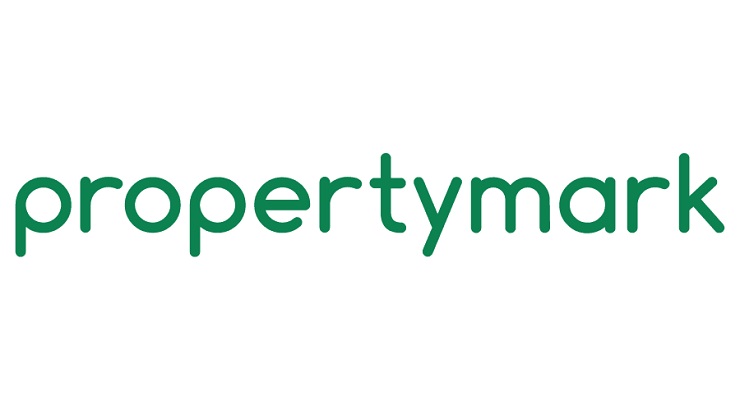BREAKING PROPERTY NEWS – 11/05/2022
Daily bite-sized proptech and property news in partnership with Proptech-X.
Government planning policy pivots to accommodate nimby populist voters
As predicted, those in power dream up great ideas, propose bills and then realise the sad consequence of their actions. It would now appear that newly proposed planning legislation that will be debated in the present period of parliament could substantially enfranchise the grassroots on what developments will be permissible.
This is totally at odds with Boris Johnson proclaiming early on in his premiership that there would be a huge shakeup in planning regulation to unlock the slow mechanism that exists at the local government level.
Conscious of the ticking two-year clock to the next election, the Queen’s speech has opened up the possibility if this new direction gets on to the statute books, that there would need to be a ‘street referendum’ on whether your basement extension or gable end extension could be built.
But in the bigger scheme of things this ‘power to the people’ move would also mean localised support or condemnation of new home developments, which would do little to get the now infamous 300,000 new homes built every year in the UK.
For decades NIMBYISM (Not In My Back Yard) has been a counterweight to green belt development and the way that often rich and connected individuals have thwarted the planning aspirations of others. Especially when new development was sought in leafy upmarket boroughs or idyllic shire villages and towns.
Planning is tricky and complicated, Michael Gove, who inherited the hot seat from his predecessor Mr Jenrick who was extremely pro-development, some would say he got a little too pro, at least understood that people need to live in homes, and with a growing population these have to be built somewhere.
Just before the Queens speech, the Times reported the following:
“A government source said: “No free-market Conservative can in good conscience support a planning system that sees a handful of developers make astronomical profits, but doesn’t see nearly enough of the right houses in the right places being built, nor the levels of investment in local infrastructure required. The new approach will allow local people to take back control and put the smaller builders on a level playing field with the big ones.”
Clearly this government source was very much backpedalling on the previous policy trail that had been blazed. So where does it leave us all?
Well, Michael Gove who put on hold all planning whilst his big brain put together a solution, is now left with a non-comprehensive strategy and a planning system that by all rights needs an overhaul.
The reality is that the incumbent prime minister might not be in tenure for the next election, which would likely mean that Gove will no longer be the Great Leveller of Housing, parachuting out of the post and leaving it to the next incumbent to do something.
What is certain is that according to my analysis only 179,000 new homes were built last year, and though the government has recently said the number this year would be 230,000 or more, the lack of detailed planning to facilitate such a figure simply does not exist.
Also of course with the problems over supply chains, the cost of materials and the widening skills shortages in the trades required to build these properties, plus the increase in mortgage rates etc, will I think act more as a brake than a stimulator for building in the residential sector in 2022.
What are the real Proptech trends?
A bit like a doctor at a cocktail party who is always asked advice on all things medical, I often get asked what are the big things happening in the proptech vertical. My answer is always the same, the biggest thing happening is the total digital transformation of all of real estate.
For me, the term proptech means something digitally powered that touches the property asset, in the plan, build, sale or lease and asset management categories. So that would encompass many fintech, contech, insuretech, legaltech plays too.
It amazes me that many see property technology companies as some strange phenomena that build out SaaS models in the real estate marketplace. The reality is that technology companies are building out solutions for every part of what humans do. Since cloud computing started to really scale up in 2005, the potential to solve and do anything has been with us.
All of this said, at a lower level, apps or some form of software that allows a user to perform a specific task will be the ongoing real trend of the real estate business model for the next half-decade. We are past the tipping point where only a fraction of the tech-savvy consumers used a smartphone to run their life, it’s now ubiquitous, and the pandemic has changed consumer behaviour, fast-forwarding it.
The real trends for budding founders out there who are looking at building their MVP or grappling with commercial ideation is to look at the user experience (UX) of their proposition, as adoption relies upon fast, brilliant and well-priced solutions.
The good news is that there are lots of people coding the future of real estate. As one pundit put it, “removing one piece of paper at a time”. Turning analogue legacy systems on their heads, cutting out processes that existed in the past…because thirty years ago there were not the digital hand tools of the present.
A lot of the really brilliant breakthroughs have come where often founders have scant idea of how things are traditionally done, and just wireframe their own idea. This agile approach built using the ever-evolving technology that exists means that many large, established corporations are being overtaken by SMEs that have only been around for a few years.
In a nutshell, by 2040, all of real estate will be digital. Mostly because the stale, pale and male decision-makers will be happy in their retirement and the new people in post will be digital natives from a more diverse background, just like their property consuming clients. Then add to this the ever pushing and needy demands of the consumer who very much live in a shared economy and want instant gratification, and customer UX.
The biggest trend is change. Just as change is blowing through all of our lives – the way we work, where we work, who we work for and what work looks like – this is all evolving too, again powered by digital advances.









